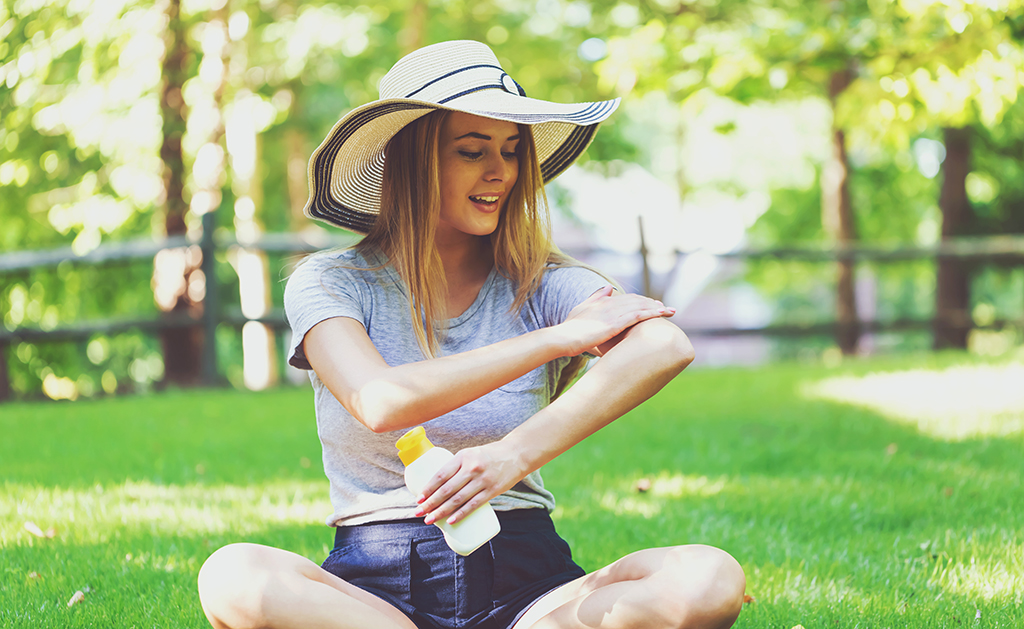
Now that summer is finally here, many of us will be spending a lot more time outside. This, of course, means we’ll get much more sun on our skin. We’ve all been told how important it is to use sunscreen, and it’s no fun having sunburn, but it can be pretty confusing when you’re looking at the choices for sunscreen, and you see all the different SPF ratings. What does that all mean? And what’s the best way to protect yourself against the harmful effects of the sun?
Sun’s Effect On Our Skin
But what can the sun do to our skin? Well, the sun’s rays have ultraviolet light that can break down fibers in the skin. This can cause skin to sag and stretch. Staying unprotected in the sun for too long can cause wrinkles, freckles, and even pre-cancerous areas that can lead to skin cancer.
UVA and UVB rays
You might not know that SPF stands for “sun protection factor.” That means a higher SPF is more protection, right? Well, not exactly. There are actually two types of rays from the sun that you want protection from, and those are “UVB” and “UVA” rays. UVB rays are the main contributor to sunburn, and they can cause more damage that leads to skin cancer. The SPF on a bottle of sunscreen tells you how much UVB protection it gives you. And what it tells you is how long the sun will take to cause sunburn as opposed to not using any sunscreen. For example, if the SPF is 30, that means your skin will take 30 times longer to burn than without any protection. The difference with UVA rays is that they are what give you a tan, but they also age skin, causing things like wrinkles. The SPF number on a label doesn’t tell you anything about UVA rays. For this protection, you want to find a bottle that also says “broad spectrum” on the label. That means it protects against both UVA and UVB rays.
Swimming? Look for Water Resistant
If you’re going to be swimming, looking for “water resistant” is also a plus. One thing to remember with sunscreen is that it’s important to re-apply it. Many people put it on and spend longer time in the sun than it’s designed to protect for, resulting in skin damage. It’s important to re-apply sunscreen every two hours, if you’re staying in the sun. Also, re-apply immediately after swimming or heavily sweating. Even water resistant sunscreen has its limits.
Overall, the Skin Cancer Foundation recommends a broad spectrum, water resistant sunscreen, with at least 30 SPF (more if you have sensitive skin). This will help you to stay safe and avoid the painful after-effects of a fun day in the sun.
